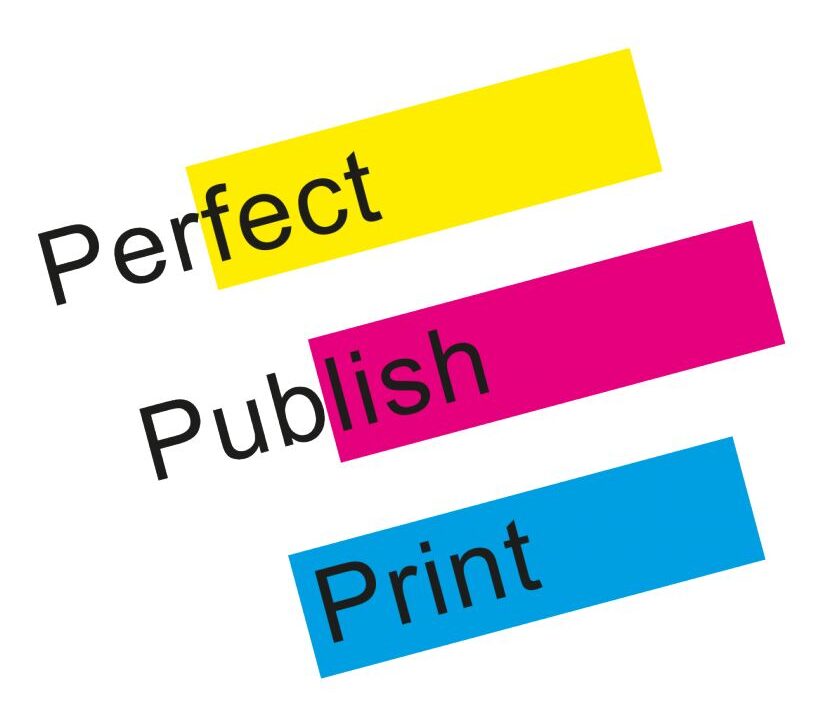Table of Contents
- Introduction
- Overview of Book Binding Options
- Hardcover Binding: Pros and Cons
- Softcover Binding: Pros and Cons
- Alternative Binding Options
- Factors to Consider When Choosing Binding
- Cost Implications of Different Bindings
- Choosing Binding for Different Genres and Uses
- Printing Services and Recommendations in Singapore
- Conclusion
1. Introduction
Selecting the right book binding is a crucial step in the publishing process. The binding determines not only the durability of the book but also its aesthetic appeal, usability, and overall perception by readers. In Singapore, authors and publishers have access to a wide range of binding options, from traditional hardcover and softcover choices to more specialized bindings such as perfect binding, coil, and comb binding. Making the right choice involves understanding the benefits and limitations of each type of binding and aligning it with your book’s purpose, audience, and budget.

2. Overview of Book Binding Options
Book binding is the process of assembling a book’s pages and securing them within a cover. The main types of book binding available include:
- Hardcover (Case Binding): Sturdy boards covered with paper or fabric, often used for premium publications.
- Softcover (Paperback / Perfect Binding): Flexible cover, ideal for mass-market books and smaller print runs.
- Spiral or Coil Binding: Pages bound with a metal or plastic coil, allowing books to lie flat when open.
- Comb Binding: Uses a plastic comb to hold pages together; commonly used for reports and manuals.
- Saddle Stitching: Pages are folded and stapled together along the spine, often for booklets or thin publications.
Each binding method has distinct characteristics in terms of durability, cost, and visual appeal. For more details, refer to Complete Guide to Choosing the Right Book Binding for Your Project.
3. Hardcover Binding: Pros and Cons
Pros:
- Durability: Hardcovers are sturdy and long-lasting, making them ideal for books intended for repeated use.
- Premium Appearance: Hardcover books convey a sense of quality and value, making them suitable for special editions, gift books, or professional publications.
- Longevity: Resistant to wear, tear, and environmental damage compared to softcover options.
Cons:
- Higher Cost: Production is more expensive due to materials and labor involved.
- Weight: Hardcovers are heavier, which can increase shipping costs.
- Longer Production Time: More complex manufacturing processes may extend printing timelines.
For an in-depth comparison, see Hardcover vs Softcover: Which Book Printing Option is Best for You.
4. Softcover Binding: Pros and Cons
Pros:
- Cost-Effective: Softcover books are less expensive to produce and print, making them ideal for small print runs or budget-conscious projects.
- Lightweight: Easier to handle, store, and ship compared to hardcover books.
- Flexibility in Design: Allows for creative cover designs and customization without significantly increasing costs.
Cons:
- Less Durable: Susceptible to wear and tear over time, especially for frequently used books.
- Perceived Value: May appear less prestigious or premium compared to hardcover editions.
- Limited Longevity: Not ideal for archival or collectible purposes.
5. Alternative Binding Options
Beyond traditional hardcover and softcover options, alternative bindings can cater to specific needs:
- Spiral/Coil Binding: Suitable for manuals, cookbooks, or workbooks; allows pages to lie flat.
- Comb Binding: Cost-effective and practical for office reports, presentations, or educational materials.
- Saddle Stitching: Best for booklets, brochures, or thinner publications with fewer pages.
These options provide flexibility for authors and businesses who want functional, budget-friendly solutions without compromising usability.
6. Factors to Consider When Choosing Binding
When selecting a binding type, consider the following factors:
- Book Purpose: Is it a collectible, professional, educational, or commercial book?
- Target Audience: Who will be reading your book, and what are their expectations?
- Page Count: Heavier or thicker books may require sturdier binding methods.
- Budget: Consider production costs and potential impact on pricing.
- Durability Needs: Will the book be handled frequently or archived long-term?
Aligning your choice with these considerations ensures a practical and effective final product.
7. Cost Implications of Different Bindings
Binding type directly affects production costs. Hardcover binding is the most expensive due to the materials and labor involved, while softcover options provide cost savings. Alternative bindings such as coil, comb, and saddle stitch can further reduce expenses for specific formats. Print-on-demand services in Singapore may offer competitive rates, making it easier for authors to manage budgets without sacrificing quality.
8. Choosing Binding for Different Genres and Uses
- Novels and Fiction: Softcover or hardcover, depending on the target market and premium positioning.
- Professional or Corporate Books: Hardcover conveys authority and brand credibility.
- Educational Materials: Spiral or comb bindings provide ease of use and durability.
- Booklets or Event Programs: Saddle stitching or comb binding for cost-effectiveness and flexibility.
Selecting a binding that suits your genre and purpose ensures that the book meets reader expectations and maintains functional usability.
9. Printing Services and Recommendations in Singapore
Many Singapore-based printing services specialize in both hardcover and softcover options, as well as alternative bindings. Local providers offer expertise in material selection, design consultation, and high-quality printing. Supporting local book printing services can enhance turnaround times, maintain quality control, and contribute to the local economy. For guidance on professional printing choices, refer to Supporting Local: Why Choose Local Book Printing Services.
10. Conclusion
Choosing the right book binding is a critical decision that influences durability, appearance, usability, and cost. Hardcover books offer premium quality and longevity, while softcover books are affordable and lightweight. Alternative bindings provide functional solutions for specific use cases. By carefully evaluating purpose, audience, page count, and budget, authors and publishers in Singapore can select the binding that best meets their needs, ensuring a professional and compelling final product.
Reference Links:





